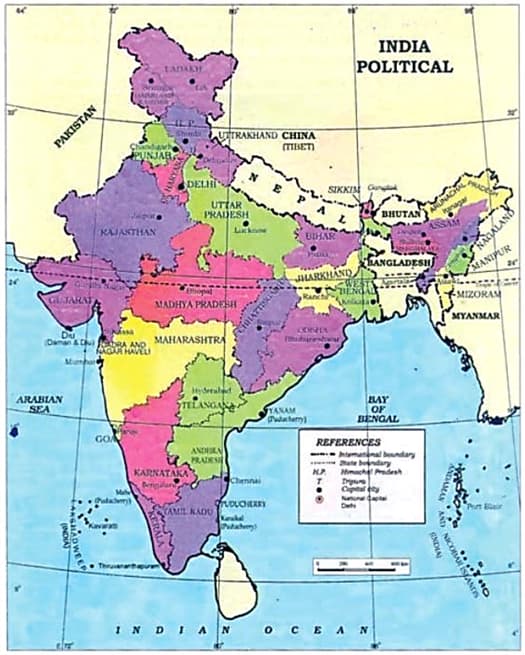Jammu and Kashmir Board Solutions for Exercise 7: Exercises
Jammu and Kashmir Board Social Science Solutions for Exercise - Jammu and Kashmir Board Solutions for Exercise 7: Exercises
Attempt the free practice questions from Exercise 7: Exercises with hints and solutions to strengthen your understanding. SOCIAL SCIENCE Social and Political Life–III TEXTBOOK FOR CLASS VIII solutions are prepared by Experienced Embibe Experts.
Questions from Jammu and Kashmir Board Solutions for Exercise 7: Exercises with Hints & Solutions
Why does a democratic country need a Constitution?
Look at the wordings of the two documents given below. The first column is from the Nepal Constitution. The second column is from the most recent Constitution of Nepal.
| Constitution of Nepal Part : Executive. | Constitution of Nepal Part : Federal Executive. |
| Article : Executive Power: The executive power of the Kingdom of Nepal shall be vested in His Majesty and the Council of Ministers. | Article : Executive Power: The executive power of Nepal is, pursuant to this Constitution and law, vested in the Council of Ministers. |
What is the difference in who exercises 'Executive Power' in the above two Constitutions of Nepal?
What would happen if there were no restrictions on the power of elected representatives?
In each of the following situations, identify the minority. Write one reason why you think it is important to respect the views of the minority in each of these situations.
(a) In a school with teachers, of them are male.
(b) In a city, percent of the population are Buddhists.
(c) In a factory mess for all employees, percent are vegetarians.
(d) In a class of Students, belong to well-off families.
The column on the left lists some of the key features of the Indian Constitution. In the other column, write two sentences, in your own words, on why you think this feature is important:
| Key Feature | Significance |
|
Federalism Separation of Powers Fundamental Rights Parliamentary Form of Government |

Write down the names of the Indian States, which share borders with the following neighbouring nations:
(a) Bangladesh
(b) Bhutan
(c) Nepal
